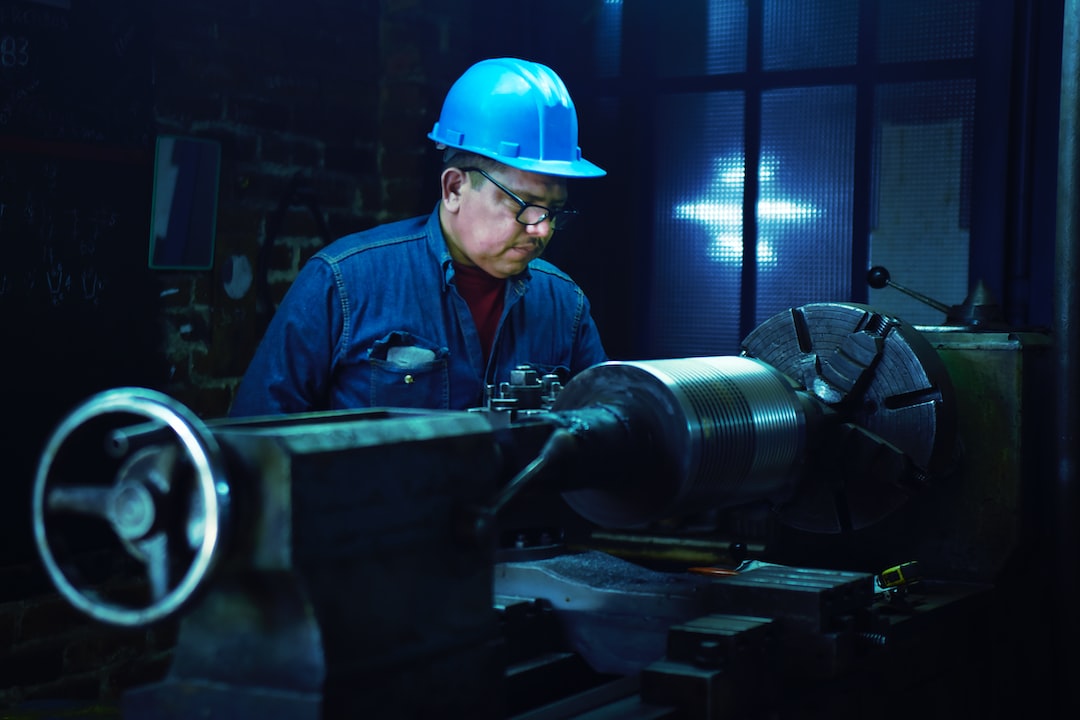The Rise of Smart Factories: Enhancing Productivity with IoT and AI
In recent years, we have witnessed significant advancements in technology that have revolutionized the way industries operate. One such breakthrough is the rise of smart factories, where the Internet of Things (IoT) and Artificial Intelligence (AI) work together to enhance productivity and efficiency.
Gone are the days of traditional manufacturing processes that relied heavily on manual labor and human intervention. Today, smart factories are equipped with interconnected sensors and devices that collect and transmit data in real-time, enabling machines to communicate and make informed decisions. This digital transformation has resulted in improved operational efficiencies, cost reduction, and increased overall productivity.
A key component of smart factories is the Internet of Things (IoT). IoT refers to a network of interconnected devices, machines, and sensors that collect and exchange data. In smart factories, these IoT devices can monitor various parameters such as temperature, pressure, humidity, and machine performance. By constantly gathering data, they provide valuable insights into the functioning of the factory floor.
By leveraging the power of AI, smart factories can analyze the vast amounts of data collected by IoT devices. AI algorithms can identify patterns, anticipate failures, and make recommendations for optimizing production processes. For example, if a machine is showing signs of deterioration, AI can alert maintenance staff to perform preventive maintenance, avoiding costly breakdowns and downtime.
One of the significant advantages of smart factories is the ability to automate routine tasks. Robots and cobots (collaborative robots) can take over repetitive and physically demanding jobs, freeing up human workers to focus on more complex and creative tasks. This automation not only reduces the risk of human errors but also enhances overall efficiency and productivity.
Moreover, AI-powered robots can learn and adapt to changing production requirements. For instance, they can adjust their speed and precision according to demand fluctuations, ensuring optimal resource utilization. This agility enables factories to respond quickly to market demands and deliver products more efficiently, ultimately increasing customer satisfaction.
Smart factories are also enhancing supply chain management. IoT-enabled sensors can track products at every stage, from manufacturing to distribution. This real-time tracking data provides valuable insights into inventory levels, order status, and delivery routes. Supply chain managers can use this information to optimize logistics, minimize delays, and make informed decisions regarding inventory management, resulting in reduced costs and improved customer satisfaction.
In addition to improving productivity, smart factories are also contributing to sustainability efforts. IoT devices can monitor energy consumption, waste generation, and emissions, enabling factories to optimize resource usage and reduce their environmental footprint. By adopting eco-friendly practices, factories can meet regulatory requirements, save costs, and enhance their brand reputation as responsible corporate citizens.
However, the rise of smart factories is not without challenges. The integration of IoT and AI technologies requires significant investment in infrastructure, skilled workforce training, and cybersecurity measures. Ensuring the privacy and security of sensitive data is crucial to prevent potential cyber-attacks and industrial espionage. Moreover, organizations need to carefully plan their digital transformation journey, considering factors such as compatibility, scalability, and long-term sustainability.
Despite these challenges, the benefits of adopting smart factory technologies far outweigh the costs. By embracing IoT and AI, factories can streamline their operations, reduce costs, and enhance productivity. Ultimately, this digital revolution is ushering in a new era of manufacturing, where machines and humans work together harmoniously to create a more efficient and sustainable future.
In conclusion, the rise of smart factories powered by IoT and AI has transformed the manufacturing landscape. By leveraging real-time data, predictive analysis, and automation, smart factories have revolutionized traditional manufacturing processes. These digital advancements not only enhance productivity and efficiency but also contribute to sustainability efforts. While there are challenges to overcome, the benefits of adopting smart factory technologies are significant, making it an irresistible proposition for industries looking to stay competitive in the fast-paced world.

